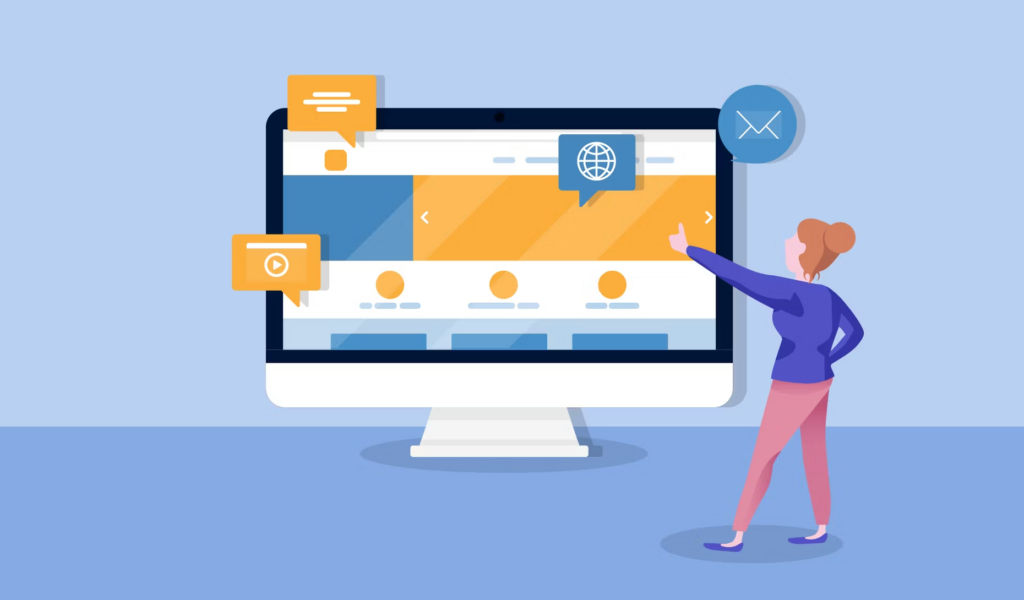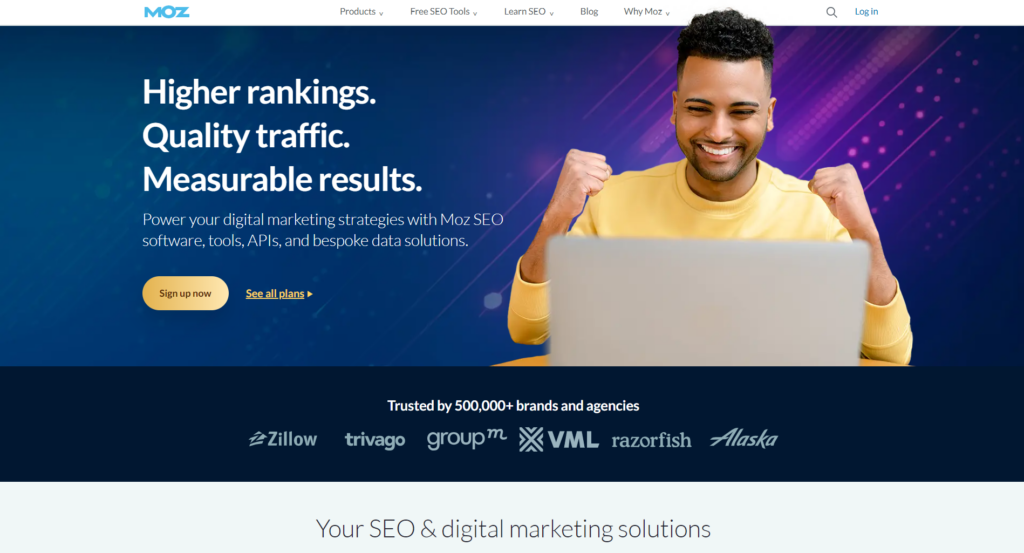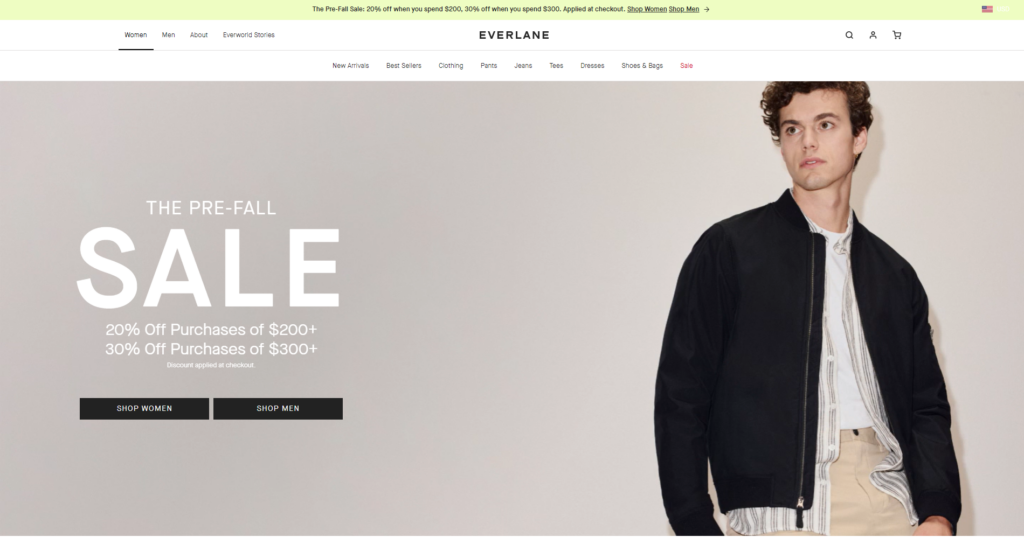Building Trust Through Web Design
In the digital age, a website often serves as the first point of contact between a business and its potential customers. Establishing trust through web design as a website designer is crucial for converting visitors into loyal customers. This article explores the essential elements of web design that build trust and credibility, ensuring that the user’s best interests are prioritized, enhancing the overall user experience and driving business success. Before we dive into this article, we’d like to extend our sincere thanks to Crystaylor Creative for their contribution in writing this article. Now, let’s get started!
The Importance of Trust in Web Design

- First Impressions: A well-designed website creates a positive first impression. Studies show that users form an opinion about a website within milliseconds, and a professional, clean design can immediately convey trustworthiness. Additionally, a visually appealing design can evoke positive emotions, fostering feelings of confidence and enjoyment that encourage visitors to stay engaged with the content.
- User Experience (UX): Trust is closely linked to user experience. A website that is easy to navigate, loads quickly, and provides relevant information ensures that users feel comfortable and confident in interacting with the brand.
- Credibility and Professionalism: A website that appears outdated or poorly designed can deter visitors and harm a brand’s credibility. Professional web design signals that a business is legitimate, reliable, and invested in providing quality service.
Key Elements of Trust-Building Web Design with Social Proof

- Consistent Branding: Consistent use of branding elements such as logos, color schemes, and typography reinforces brand identity and creates a cohesive look. This consistency helps users recognize and trust the brand across different touchpoints.
- High-Quality Content: Clear, concise, and well-organized content demonstrates expertise and reliability. Use high-quality images, informative videos, and well-written text to convey professionalism and value. Additionally, effective search engine optimization (SEO) techniques, such as using white hat practices, can build trust by improving visibility in search results and driving organic traffic. Quality content is essential for SEO, making it a cost-effective strategy compared to paid advertising options.
- Security Features: Displaying security badges, using HTTPS, and providing clear privacy policies reassure users that their data is safe. Secure payment gateways and trust seals from recognized authorities also enhance trust.
- User-Friendly Navigation: Simple and intuitive navigation helps users find what they need without frustration. Use clear menus, logical page hierarchy, and prominent calls-to-action to guide users through the site smoothly.
- Testimonials and Reviews: Featuring customer testimonials, reviews, and case studies provides social proof of your product or service’s quality. Authentic user feedback builds credibility and trust among new visitors.
- About Us Page: A well-crafted About Us page that shares the company’s story, mission, and values humanizes the brand. Including team photos and bios can further build personal connections with users.
- Responsive Design: Ensuring your website is mobile-friendly is crucial in today’s digital landscape. A responsive design that works seamlessly across all devices demonstrates attention to detail and enhances user trust. The tangible benefits of a mobile-friendly website include improved user experience and increased credibility for your organization.
- Fast Load Times: Slow-loading websites can frustrate users and lead to higher bounce rates. Optimize your website’s performance to ensure quick load times, providing a smooth and efficient user experience.
Best Practices for Building Trust with Website Visitors Through Web Design

- Conduct Usability Testing: Regularly test your website’s usability to identify and address any issues that may hinder user experience. Gathering feedback from real users can provide valuable insights for improvement. Usability testing can also help build an ongoing relationship with users by ensuring their experience is continuously enhanced.
- Keep Design Clean and Simple: Avoid clutter and focus on a clean, minimalist design that emphasizes key information. A simple design reduces cognitive load and makes it easier for users to navigate and understand your site. Additionally, tailoring your design to resonate with your target audience can significantly improve engagement and trust.
- Use Trust Signals: Incorporate trust signals such as partner logos, industry awards, and media mentions. These elements validate your business’s credibility and expertise in the field.
- Provide Contact Information: Make it easy for users to contact you by providing clear and accessible contact information. Offering multiple contact options, such as phone, email, and live chat, can further enhance trust.
- Regularly Update Content: Keep your website content fresh and up-to-date. Regular updates demonstrate that your business is active and continuously striving to provide valuable information and services.
Examples of Trust-Building Web Design for a Positive Impression
- Shopify: Shopify’s website features a clean, professional design with consistent branding and high-quality content. Trust signals such as customer testimonials, security badges, and a clear privacy policy build credibility. The site’s offering valuable content helps in building trust by justifying the effort required from users to engage.

- Moz: Moz uses a well-structured, user-friendly design with clear navigation and high-quality resources. The design addresses the needs of website visitors by providing seamless communication and trustworthy practices. The inclusion of expert content, case studies, and a transparent About Us page reinforces trust and authority in the SEO industry.

- Everlane: Everlane’s website combines a minimalist design with high-quality images and detailed product information. The brand’s commitment to transparency is highlighted through clear communication of its values, sourcing practices, and pricing.

Building trust through web design is essential for converting visitors into loyal customers. By focusing on consistent branding, high-quality content, security features, and user-friendly navigation, businesses can create a trustworthy and credible online presence. Regular updates, usability testing, and incorporating trust signals further enhance trust and credibility. Embrace these principles to build a website that not only attracts visitors but also fosters long-term relationships based on trust and reliability.
Cover Image: Freepik
















